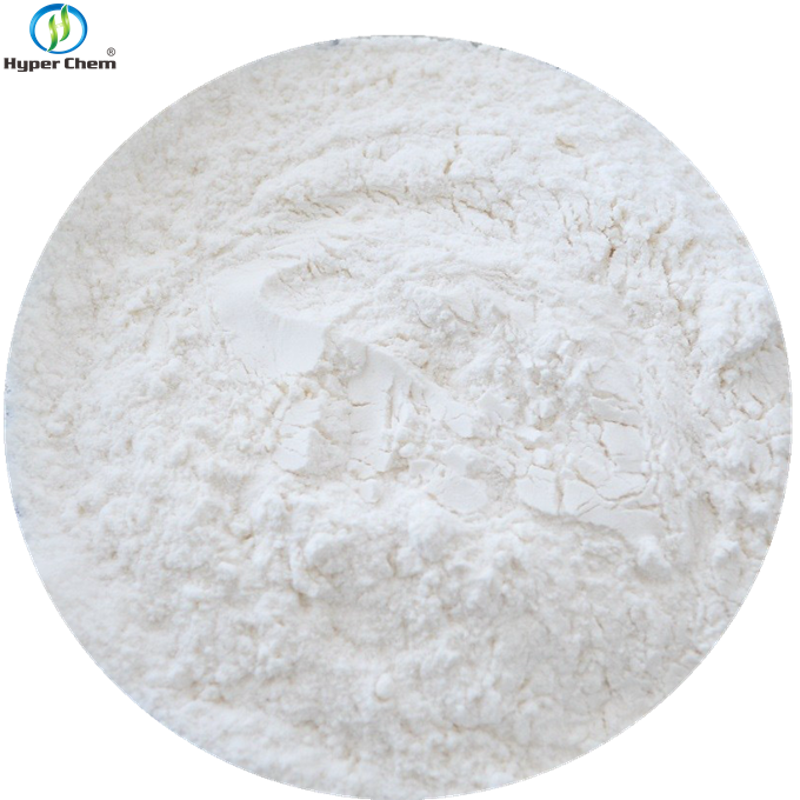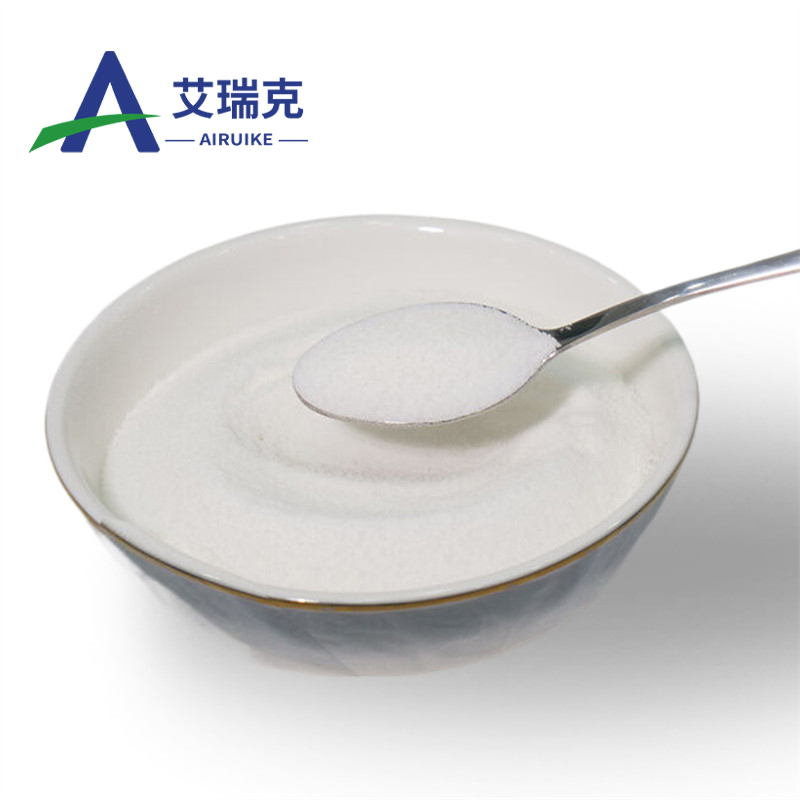-
Categories
-
Pharmaceutical Intermediates
-
Active Pharmaceutical Ingredients
-
Food Additives
- Industrial Coatings
- Agrochemicals
- Dyes and Pigments
- Surfactant
- Flavors and Fragrances
- Chemical Reagents
- Catalyst and Auxiliary
- Natural Products
- Inorganic Chemistry
-
Organic Chemistry
-
Biochemical Engineering
- Analytical Chemistry
-
Cosmetic Ingredient
- Water Treatment Chemical
-
Pharmaceutical Intermediates
Promotion
ECHEMI Mall
Wholesale
Weekly Price
Exhibition
News
-
Trade Service
Written by He Fenfen, Wang Dongmei, Xu Kaibiao - Wang Sizhen, Fang Yiyi - Xia Ye
New-onset refractory status epilepticus (NORSE) is a rare neurological disease
with a high disability and mortality rate.
Most patients with NORSE are difficult to control, require prolonged ICU treatment, and have a poor
prognosis.
NORSE mortality is 12 percent in children and 16 to 27 percent in adults [1].
The most common cause of NORSE is autoimmune encephalitis (37%), which in turn is known as an anti-N-methyl-D-aspartate receptor ().
Anti-N-methyl-d-aspartate receptor (NMDAR) encephalitis is common (12 percent) [2].
However, about 50% of patients still have no clear cause, known as cryptogenic NORSE C-NORSE)”
。 The inflammatory response or autoimmune response is thought to play an important role in the pathological process of NORSE, so immunotherapy
is often used clinically.
However, the poor prognosis rate of C-NORSE is as high as 73%, which is much higher than that of anti-NMDAR encephalitis of 28% [3], This makes immunotherapy still controversial
.
Therefore, elucidating the pathological mechanism of NORSE caused by different causes is of great significance
for more accurate and effective diagnosis and treatment of the disease.
Recently, the team of Professor Xu Kaibiao of the Department of Neurology, Nanfang Hospital of Southern Medical University and the team of Professor Gao Yibo of Shenzhen Hospital of Cancer Hospital of the Chinese Academy of Medical Sciences published a speech in Molecular Neurobiology "Multi-proteomic Analysis Revealed Distinct Protein Profiles in Cerebrospinal Fluid of Patients Between Anti-NMDAR Encephalitis NORSE and Cryptogenic NORSE"
。 The study found that changes in CSF proteins in patients correlated with the severity and prognosis of anti-NMDAR encephalitis NORSE and C-NORSE diseases, and revealed two NORSE diseases The underlying pathological mechanisms and differences provide more research data for
the selection of subsequent treatment strategies.
1.
The upregulation of cerebrospinal fluid protein in patients with anti-NMDAR encephalitis NORSE and C-NORSE is positive and the severity of the disease Related
1), comparing the obtained data with clinical data, found that the trend of up-regulation protein in cerebrospinal fluid was similar to that of patients There was a positive correlation between length of ICU stay and mRS score at discharge (Figure 2A).
Further, the authors defined a parameter, the up-proteomic score, which is the average of the upregulated protein change multiples, and found that it was also positively correlated with the time required for awakening in comatose patients (Fig 2B、C)
。 The CSF proteome is different in the two NORSE patients (Figure 2D), indicating that the pathological mechanisms are different
.
Figure 1 Quantitative proteomic analysis of cerebrospinal fluid samples from patients
(Source: Wang D, et al.
, Mol Neurobiol, 2022).
Fig.
2 Relationship between differentially expressed proteins and disease severity in cerebrospinal fluid samples from patients
(Source: Wang D, et al.
, Mol Neurobiol, 2022).
2.
Anti-NMDAR encephalitis NORSE is mainly based on humoral immune response
.
Immunohistone microarray analysis also showed high antibody responses (Figure 3C).
However, the authors also found that the epigenetic regulatory pathway of gene expression is also highly enriched (Figure 3A left), which may be associated with
seizugenesis.
Interestingly, the authors found that downregulatory proteins are primarily associated with blood clotting, circulation, and wound repair pathways, including KNG1, HRG, SPTAN1, CTGF, FGA, FGB, MAPK1, etc.
(Figure 3A right), The authors believe that this hypocoagulation state favors circulation patency and may promote recovery from NORSE disease against NMDAR encephalitis
.
Fig.
3 Functional analysis of changing proteins in cerebrospinal fluid specimens in patients with anti-NMDAR encephalitis NORSE
(Source: Wang D, et al.
, Mol Neurobiol, 2022).
3.
C-NORSE shows cellular immune response and neurodegeneration
, while humoral immunity is downregulated (Figure 4A down, Figure 3C).
In addition to the immune response, 41 of the 42 upregulated proteins are associated with synapses, involving biological processes
such as axon extension, synaptic vesicle circulation, and neurotransmitter release.
In addition, these upregulated proteins are highly enriched in signaling pathways such as ubiquitination, autophagy, proteasomes, and apoptosis (Figure 4A-C).
The authors used a mouse model of epilepsy to conduct some verification
.
The above data suggest that C-NORSE may be a cellular immunity and apoptosis-mediated neurodegenerative process, and the nerve damage caused by it may be one of the main reasons for the poor prognosis of
the disease.
Fig.
4 Functional analysis of change proteins in cerebrospinal fluid specimens of C-NORSE patients
(Source: Wang D, et al.
, Mol Neurobiol, 2022).
4.
Heterogeneity of inflammatory responses in the two NORSE diseases
.
However, the authors analyzed the samples within each group and found that in the anti-NMDAR encephalitis NORSE, the anti-inflammatory factors IL-4, IL-13 and the pro-inflammatory factor IFNγ TNFα is positively correlated with disease severity (Figure 5).
This suppressive-pro-inflammatory coexistence may also be one of
the reasons for the better prognosis of anti-NDMAR encephalitis.
In patients with C-NORSE, the pro-inflammatory factors IL-6 and IL-8 were positively correlated with disease severity (Figure 5 down)
.
Fig.
5 Inflammatory factor levels in cerebrospinal fluid samples from patients
(Source: Wang D, et al.
, Mol Neurobiol, 2022).
Figure 6 Models of potential pathological mechanisms of anti-NMDAR encephalitis NORSE and C-NORSE
(Source: Wang D, et al.
, Mol Neurobiol, 2022).
.
However, focus on anti-N-methyl-D-aspartate receptor (NMDAR) encephalitis new-onset refractory status epilepticus (NORSE) And C-NORSE is very little
.
Compared with anti-NMDAR encephalitis NORSE, C-NORSE has more prodromal fever, status epilepticus, symmetrical brain MRI abnormalities and need for respiratory support, less or no involuntary movements, psychobehavioral abnormalities, CSF oligoclonal band positive and tumor
.
Although both use antiepileptic and immunotherapy, the prognosis is far from
the same.
This study revealed the underlying pathological mechanisms of the two NORSE through comparative analysis of clinical samples, especially differences in immune status (Figure 6).
Although the study has some limitations, such as small sample size, inability to obtain control of normal human samples, and the need for more validation, the study still broadens our understanding of NORSE disease and provides reference
for the diagnosis and treatment of the disease.
Original link: https://doi.
org/10.
1007/s12035-022-03011-1
Wang Dongmei, Wu Yongming, Pan Yue and Wang Shengnan are the co-first authors of the paper, and Xu Kaibiao and Professor Gao Yibo are the co-corresponding authors
of the paper.
The research was supported
by the National Key R&D Program, the National Natural Science Foundation of China, the Guangdong Key Area R&D Program, the Natural Science Foundation of Guangdong Province, the Medical Research Fund of Guangdong Province and the Southern Hospital President's Fund.
First authors: Wang Dongmei (first from left), Wu Yongming (second from left), Pan Yue (third from left), Wang Shengnan (fourth from left); Author: Liu Guanghui (third from right); Corresponding authors: Gao Yibo (second from right), Xu Kaibiao (first from right).
(Photo credit: Xu Kaibiao's research group)
Welcome to scan the code to join Logic Neuroscience Literature Learning 3
Group remarks format: name--research field-degree/title/title/position
[1] Mol Psychiatry—Pang Zhiping/Chen Chao/Nobel Prize winner Thomas Südhof's team reveals a new mechanism of acquired functional synapses from autism risk mutations
[2] PLOS Biol—Lu Wei's team found that the sleep-wake cycle dynamically regulates hippocampal inhibitory synaptic plasticity
[3] J Neuroinflammation—Zhuo Yehong/Su Wenru's team revealed that iron death may be a new mechanism and therapeutic target of retinal ischemia-reperfusion
[4] PNAS-Zhong Yi's research group revealed that the forgetting mechanism of Rac1-dependence is the neural basis for emotional states to affect memory expression
[5] Cell Metab Review—Cao Xu's team reviews the regulation of osteohomeostasis and bone pain by the intraosseous sensory system
[6] NAN-Yuan Linhong's research group revealed that DHA intervention had different effects on brain lipid levels, fatty acid transporter expression and Aβ metabolism in ApoE-/- and C57 WT mice
[7] Autophagy Review—Li Xiaojiang's team reviews the differences and research progress of mitochondrial autophagy in vivo and in vitro models
[8] HBM-Shang Huifang's research group revealed the markers of motor progress in Parkinson's disease through functional imaging technology
[9] Cell Rep—Song Jianren's research group revealed a new law of spinal cord circuit reconstruction after spinal cord injury
[10] HBM-Song Yan/Sun Li's research group revealed the cognitive neural bases of implicit visuospatial coding disorders in children with ADHD based on machine learning technology
Recommended high-quality scientific research training courses[1] Symposium on single-cell sequencing and spatial transcriptomics data analysis (November 5-6, Tencent Online Conference)[2] The 9th EEG Data Analysis Flight (Training Camp: 2022.11.
23-12.
24)
Welcome to join "Logical Neuroscience"[1] Logical Neuroscience "Editor/Operation Position (Online Office)[2] Talent Recruitment—" Logical Neuroscience "Recruitment Article Interpretation/Writing Position ( Online Part-time, Online Office) References (Swipe up and down to read)
[1] Mantoan Ritter L, Nashef L (2021) New-onset refractory status epilepticus (NORSE).
Pract Neurol 21(2):119–127.
https://doi.
org/10.
1136/practneurol-2020-002534
[2] Gaspard N, Foreman BP, Alvarez V, Kang CC, Probasco JC, Jongeling AC, Meyers E, Espinera A et al.
(2015) New-onset refractory status epilepticus: etiology, clinical features, and outcome.
Neurology 85(18):1604–1613.
https://doi.
org/10.
1212/ WNL.
0000000000001940
[3] Iizuka T, Kanazawa N, Kaneko J, Tominaga N, Nonoda Y, Hara A, Onozawa Y, Asari H et al.
(2017) Cryptogenic NORSE: its distinctive clinical features and response to immunotherapy.
Neurol Neuroimmunol Neuroinfamm 4(6):e396.
https://doi.
org/10.
1212/NXI.
0000000000000396
End of this article







